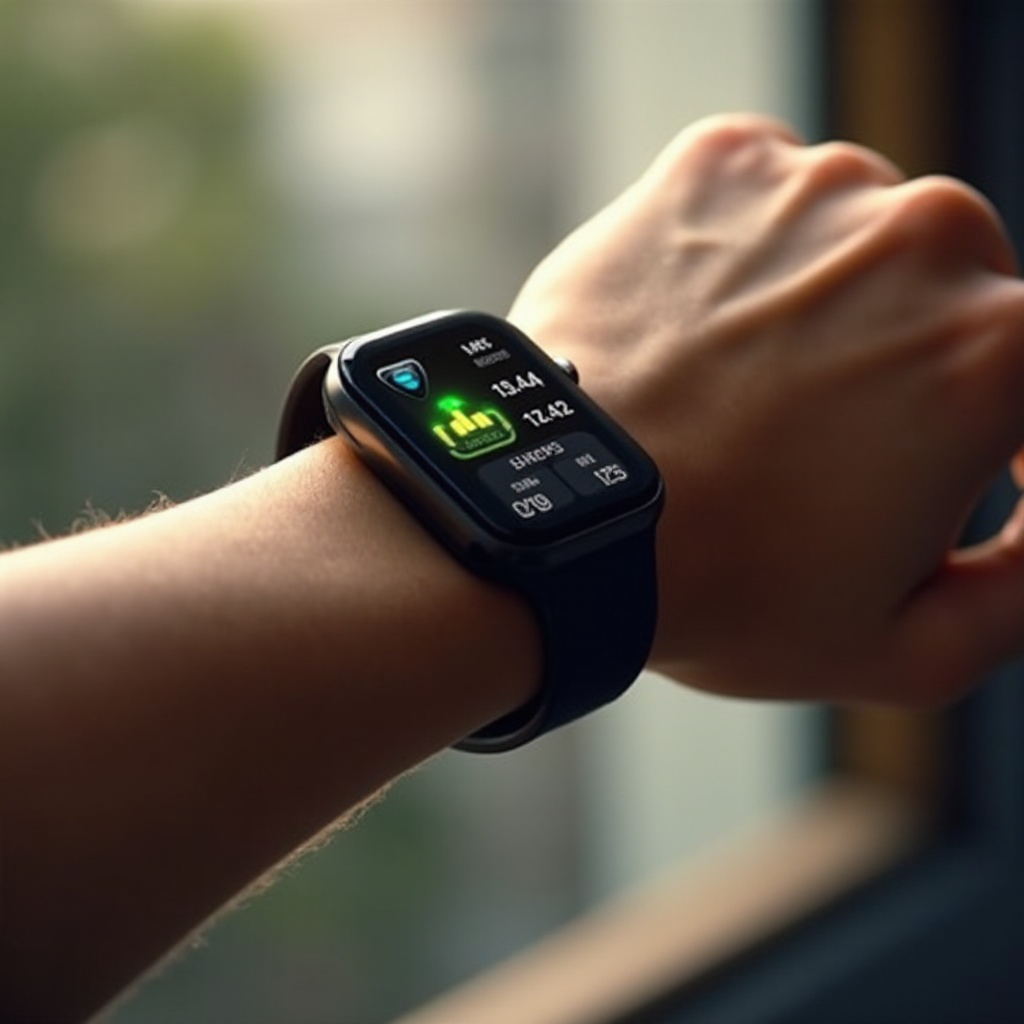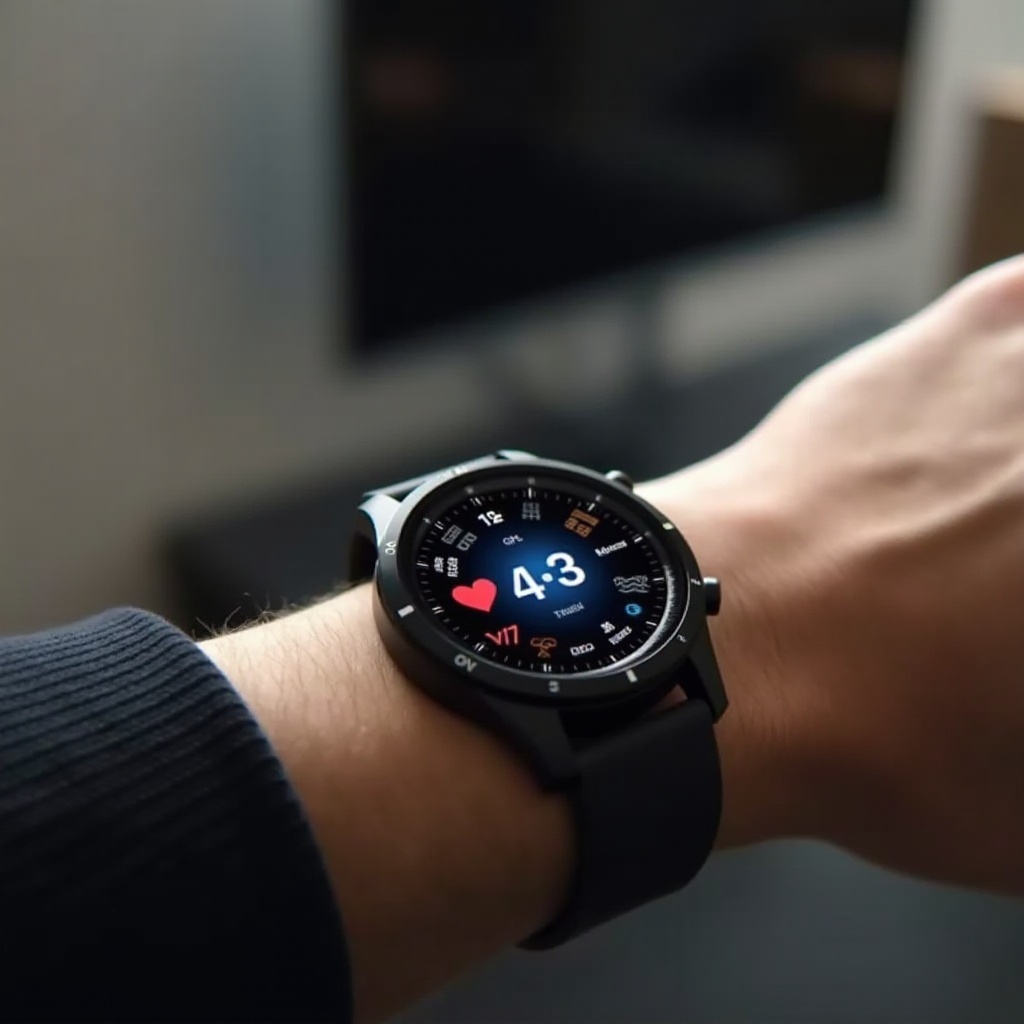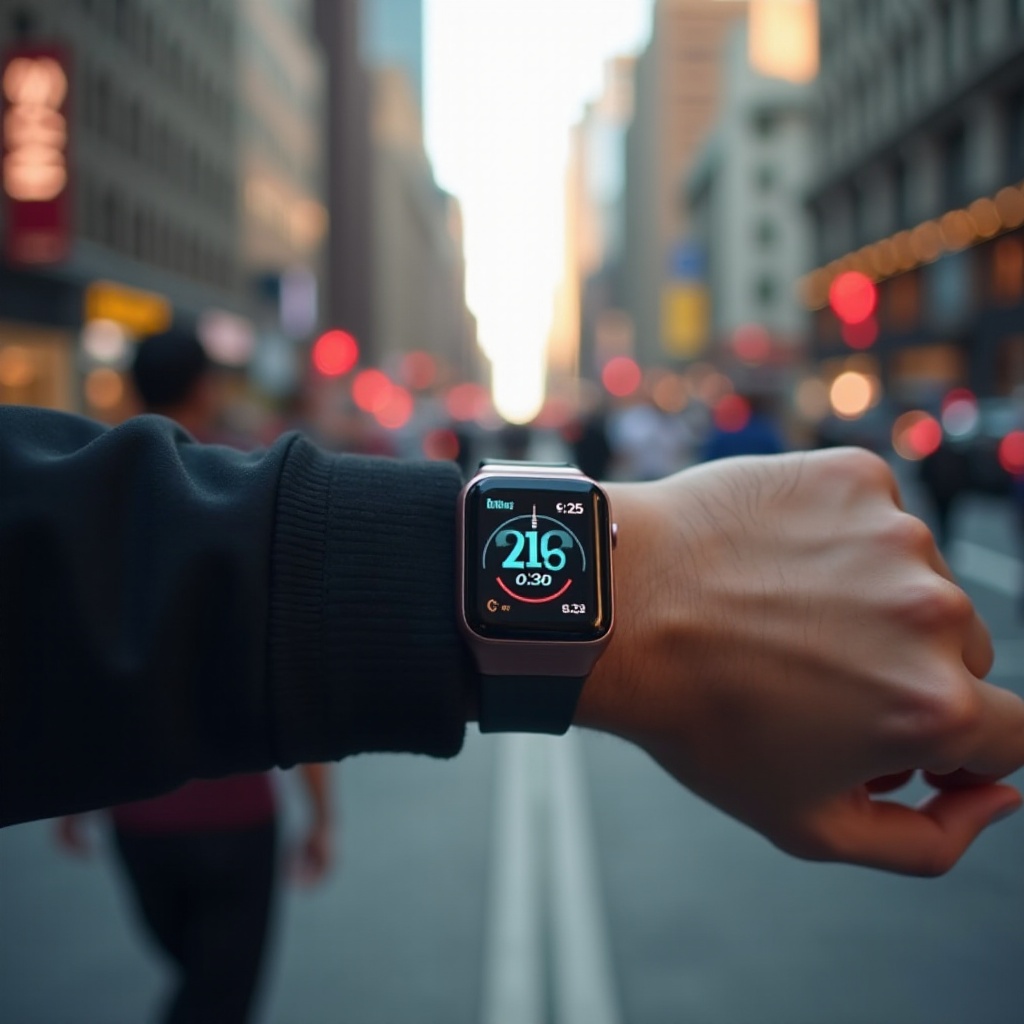Introduction
Smart watches have become increasingly popular, not only as stylish accessories but also as powerful fitness trackers. One of their primary functions, step tracking, serves as a foundation for many health and fitness goals. But have you ever wondered how these sleek devices monitor your steps so accurately? In this article, we’ll dive into the intricate technology behind step tracking on smart watches, explore its accuracy, and even take a look at future advancements. Let’s uncover the secrets of step counting.

The Core Components of Step Tracking
Smart watches rely on a combination of advanced sensors and sophisticated algorithms to count your steps. At the heart of this process are two essential components: accelerometers and gyroscopes.
Accelerometers and Gyroscopes
An accelerometer measures the acceleration of your movements. When you walk, this sensor detects the changes in acceleration in different directions. A gyroscope, on the other hand, measures the orientation and angular velocity of your movements. These sensors work together to capture the complex patterns of your movement.
With each step, the accelerometer records the force exerted by your foot hitting the ground, while the gyroscope helps determine your body’s orientation. By combining data from both sensors, the watch can distinguish between different types of movement.
The Role of Algorithms
While sensors collect raw data, algorithms process and interpret this information to determine whether a movement qualifies as a step. These algorithms use predefined patterns to identify walking or running motions accurately. By ignoring irrelevant data, such as hand gestures or vibrations, algorithms ensure precise step counting.
The synergy between sensors and algorithms allows smart watches to provide reliable step count data, which is the first layer of understanding your daily activity levels.
How Smart Watches Differentiate Steps from Other Movements
To accurately monitor steps, smart watches must effectively filter out non-step movements. This task involves sophisticated techniques to ensure that users receive precise and relevant data.
Filters and Thresholds
Smart watches employ digital filters to eliminate noise and irrelevant data from the sensors. These filters might adjust for different types of motion and environmental factors. For instance, they can eliminate the small accelerations caused by everyday hand movements.
Thresholds also play a crucial role in distinguishing steps. A threshold is essentially a set limit that the sensor data must exceed to be considered a step. The watch only counts a step when the movement matches the defined characteristics of a walking or running motion, ensuring higher accuracy.
Activity Recognition
Another critical aspect of step tracking is activity recognition. Advanced algorithms can identify the context of the movement, such as walking, running, or biking. By recognizing the activity, smart watches tailor their step-counting algorithm accordingly. For example, walking and running generate different movement patterns, so the watch adjusts its detection criteria to these variations.
This activity recognition capability ensures that steps are accurately counted regardless of the type of physical activity, providing users with comprehensive and reliable activity data.
The Accuracy of Step Counting
Despite the advanced technology in modern smart watches, users often wonder about the accuracy of step counting. Several factors affect this accuracy, which we’ll explore further.
Calibration and Personalization
To enhance accuracy, smart watches often require initial calibration. During setup, users provide personal information such as height, weight, and stride length. This data helps tailor the step-counting algorithm to each user’s unique movement patterns.
Some smart watches also offer personalized calibration, where users can manually adjust step length settings. By refining these parameters, users help the device improve its step detection accuracy. Regular calibration ensures the device stays accurate over time.
External Factors Affecting Accuracy
Several external factors can impact the accuracy of step counting. For example, the watch’s placement on your wrist and how tightly it’s worn can alter sensor readings. Additionally, rough terrain or uneven surfaces may slightly affect the step count.
Despite these variables, the technology in smart watches is generally robust and designed to compensate for minor discrepancies, providing reliable daily step counts.
Advanced Features Beyond Step Tracking
Smart watches are more than just step counters; they are comprehensive health monitoring tools. Integrating various metrics offers a holistic view into one’s health.
Health Metrics Integration
Many smart watches integrate other health metrics such as heart rate monitoring, sleep tracking, and even oxygen saturation levels. These features offer a comprehensive look at your health and fitness, allowing you to make informed decisions about your lifestyle and activity levels.
By combining step data with these additional health metrics, smart watches empower users to track their fitness progress in a more detailed and meaningful way.
Connectivity with Health Apps
To further enhance the user experience, many smart watches sync with health apps. These apps collect and analyze the data from your watch, offering insights and trends over time.
Apps like Apple Health, Google Fit, and Fitbit provide comprehensive reports on your daily activity, helping you set goals and monitor your progress. This connectivity transforms the data into actionable insights, encouraging users to maintain an active lifestyle.

The Future of Step Tracking Technology
The technology behind step tracking continues to evolve. Future improvements may include even smarter algorithms capable of learning from each user’s specific movement patterns, enhancing personalization and accuracy.
Integration with AI could allow for dynamic adjustments in real-time, further refining step counting precision. Moreover, improved sensor technology might reduce the dependency on calibration and external factors, offering a seamless and intuitive user experience.

Conclusion
Smart watches have revolutionized the way we monitor our physical activity. By utilizing advanced sensors and sophisticated algorithms, these devices accurately track steps, filter out irrelevant movements, and integrate with other health metrics. As technology advances, smart watches will continue to become even more precise and intuitive in counting your steps.
Frequently Asked Questions
How accurate are smart watches at tracking steps?
Smart watches are generally very accurate, with their advanced sensors and algorithms. However, factors like calibration and watch placement can influence accuracy.
Can smart watches track steps without an internet connection?
Yes, smart watches can track steps without an internet connection. They use built-in sensors and store data locally until they can sync with a connected device or app.
What should I do if my smart watch is not counting steps accurately?
If your smart watch is not counting steps accurately, try recalibrating it based on your weight and stride length. Ensure it’s properly fitted on your wrist and check for software updates.